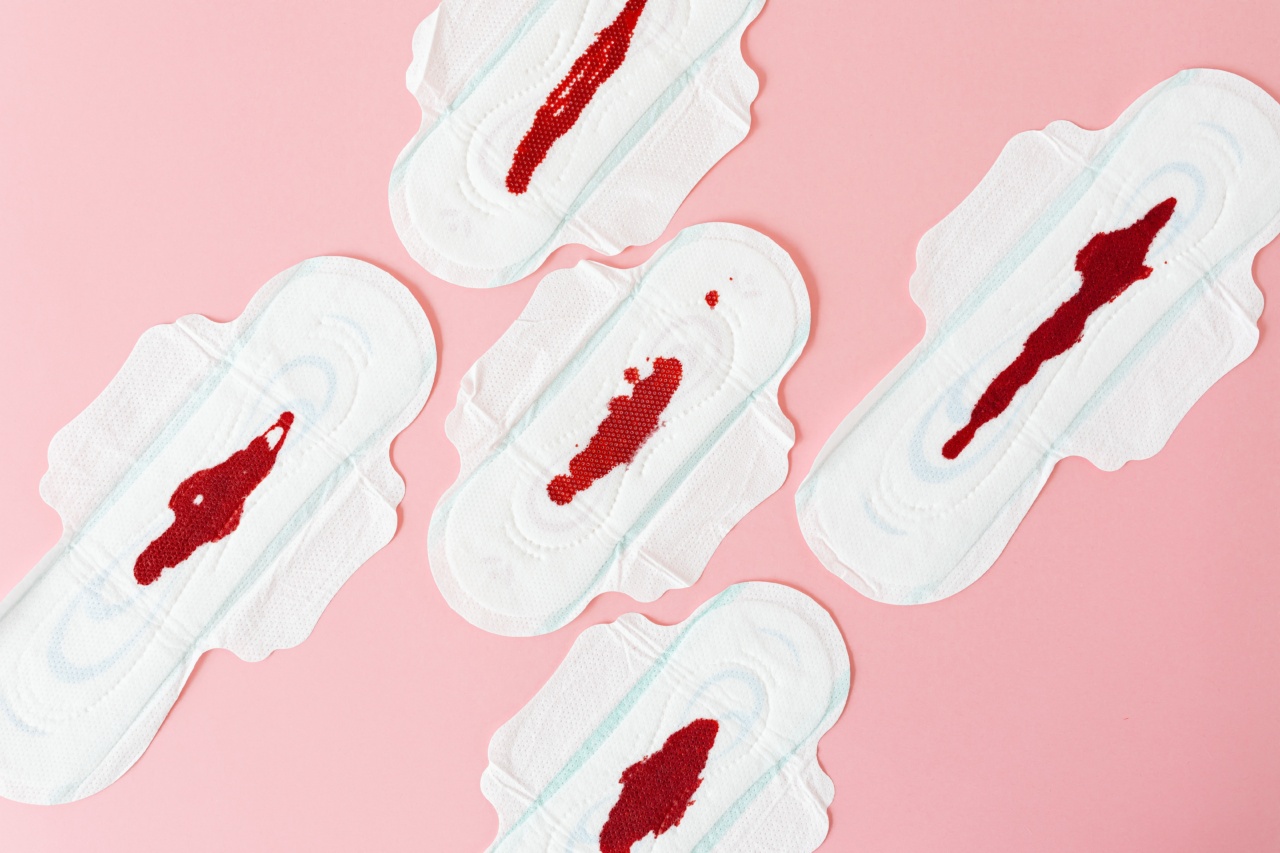Menstrual cramps, also known as dysmenorrhea, can be a painful and uncomfortable experience for many women.
The severity of the cramps can vary from person to person, but they are often accompanied by other symptoms such as bloating, headaches, and mood swings. If you’re tired of suffering every month, here are 9 effective solutions to help relieve menstrual cramps and make your period more manageable.
1. Heat Therapy
Applying heat to the lower abdomen can provide significant relief from menstrual cramps. The heat helps to relax the contracting muscles and reduce pain. You can use a hot water bottle, a heating pad, or even take a warm bath to ease the discomfort.
Try applying heat for 15-20 minutes at a time, repeating as necessary throughout the day.
2. Over-the-counter Pain Medication
Nonsteroidal anti-inflammatory drugs (NSAIDs), such as ibuprofen or naproxen, can effectively reduce menstrual cramp pain.
These medications work by blocking the production of prostaglandins, which trigger the uterine contractions responsible for cramps. Be sure to follow the recommended dosage instructions and consult your doctor if you have any underlying medical conditions.
3. Exercise
Engaging in regular physical activity can help alleviate menstrual cramps. Exercise stimulates the release of endorphins, which act as natural pain relievers and mood boosters.
Additionally, physical movement helps to increase blood flow and reduce muscle tension. Try incorporating activities like yoga, jogging, or swimming into your routine.
4. Herbal Remedies
Various herbal remedies have been used for centuries to relieve menstrual cramps. Some popular options include ginger, chamomile, and cinnamon. These herbs have properties that can reduce inflammation and promote relaxation.
You can drink herbal teas or find supplements with these ingredients at health food stores. However, it’s important to consult a healthcare professional before trying any new supplements or herbs.
5. Dietary Changes
What you eat can have an impact on your menstrual cramps. Avoiding foods that are high in salt, sugar, and caffeine can help minimize bloating and discomfort.
Instead, focus on incorporating foods rich in omega-3 fatty acids, such as salmon and walnuts, which have anti-inflammatory properties. Additionally, increasing your intake of fruits, vegetables, and whole grains can provide essential nutrients and support overall menstrual health.
6. Acupuncture
Acupuncture is an ancient practice that involves inserting thin needles into specific points on the body. This technique has been shown to offer relief from menstrual cramps by promoting the release of endorphins and improving blood flow.
Many women find acupuncture treatments to be effective in reducing pain and other menstrual symptoms. Consult a licensed acupuncturist for a personalized treatment plan.
7. Transcutaneous Electrical Nerve Stimulation (TENS)
TENS is a non-invasive therapy that uses low-voltage electrical currents to relieve pain. This technique involves placing electrodes on the skin around the pelvic area, sending electrical pulses to disrupt pain signals.
TENS has been found to be effective in reducing menstrual cramp pain and can be used in the comfort of your own home. Consult with a healthcare professional to determine the proper application and settings.
8. Essential Oils
Certain essential oils have been shown to have analgesic and anti-inflammatory properties that can help alleviate menstrual cramps. Popular choices include lavender oil, clary sage oil, and marjoram oil.
You can dilute these oils with a carrier oil, such as coconut oil, and apply them topically to the abdomen for relief. Alternatively, try adding a few drops to your bathwater for a soothing effect.
9. Stress Management
Stress can worsen menstrual cramps and make them more difficult to manage. Finding healthy ways to manage stress can significantly impact the severity of your menstrual symptoms.
Consider practices such as deep breathing exercises, meditation, or engaging in hobbies that help you relax. Prioritizing self-care and taking time for yourself can have a positive impact on your overall well-being during menstruation.






























